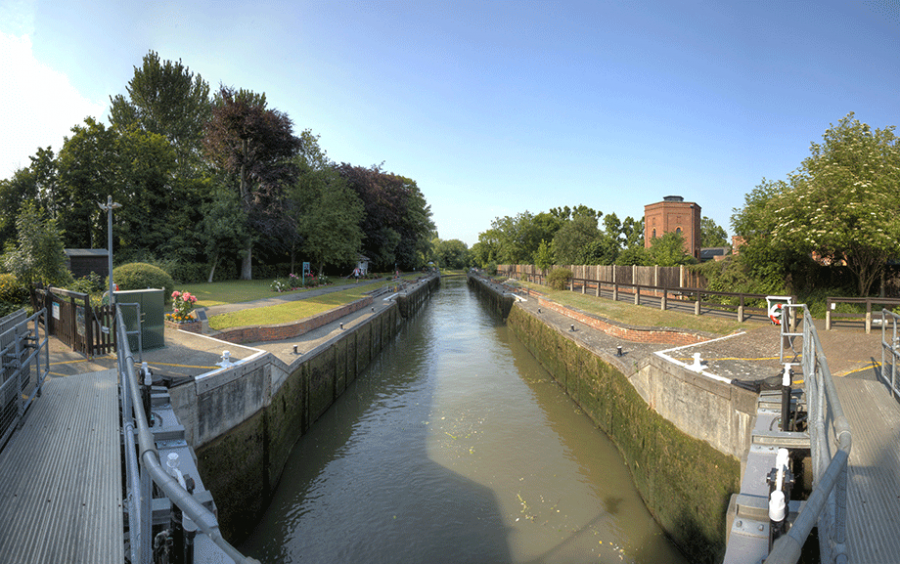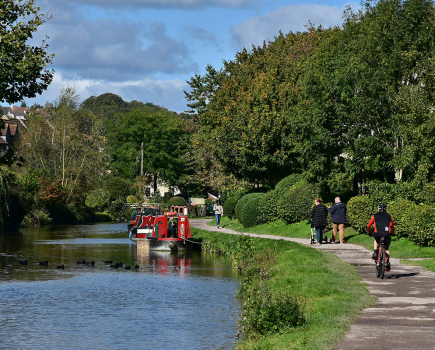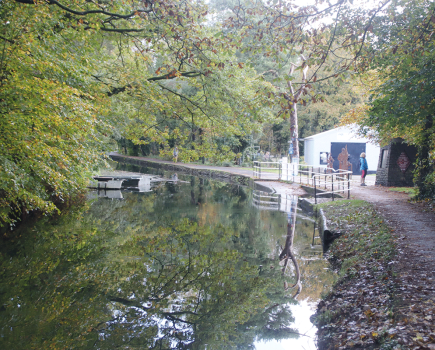The Environment Agency’s navigation programme has invested £9.5 million into the non-tidal Thames over 2022/23 and delivered a variety of refurbishment projects from Rushey Lock in west Oxfordshire to Romney Lock in Windsor.
These include improvements to public safety, resilience and amenity works to make visiting locks an even more pleasant experience for boaters out on the non-tidal Thames this year.
Work has recently been completed at Rushey Lock, on the upper stretches of the Thames, beside the old lock house, a refurbished guest house frequented by Douglas Fairbanks and Errol Flynn. The lock chamber has had a complete refit with old, worn-out concrete repaired, a new egress ladder installed, and the old timbers on the walls replaced with new beams, especially hand-crafted on site. The old cesspit has also been broken out and exchanged for a state-of-the-art replacement.
At Romney Lock near Windsor, the site of an historic weir back in the 1400s and where an old pound oak lock was first built in 1797, the side fencing has been replaced with long-lasting, environmentally-friendly treated posts. A new dwarf wall that curves around the lock gate has been built and all uneven surfaces have been repaired to improve safety across the whole of the site.
At Caversham Lock, which dates from 1777 and was the first lock to be built out of fir wood, the Environment Agency has replaced 220 metres of timber boat fenders and grab chains on both sides of the upstream layby. This work improves safety for powered and non-powered craft.
At Marlow Lock, the lock chamber timbers have been renewed to improve safety to users. This was a tricky job to do from the banks so a floating platform was used to simply and safely carry out the upgrade works over the winter season. The lock’s another historic site with the weir upstream first mentioned in the Domesday Book.
At Bray Lock, built in 1845 and originally grass-sided, the lock gates have been realigned and the sluices refurbished to allow a safer and more efficient passage for boats.
At Goring Lock, which began life in the 1500s as a flash weir, the chamber walkway has been resurfaced, and 35 metres of safety fencing has been installed on the tow path and central island.
Maria Herlihy, an Environment Agency waterways manager, said: “We are delighted to have completed this range of works to maintain the special heritage at our lock sites across the iconic River Thames that will benefit boaters across the 2023 season. These projects are financed by Defra Grant-in-Aid funding that allow us to manage and maintain more than 600 miles of inland waterways across England.
“In total, we invested in more than 20 projects in 22/23 and look forward to delivering this year’s investment programme, that will further improve our customers’ experiences on the Thames. With all these improvements and the prospect of a long summer ahead, there isn’t a better time to get out on the river.”
Boat owners need to register or licence boats if they want to keep or use them on the River Thames and all inland waterways. ‘Boats’ include any vessel with or without a motor, such as sailing boats, river boats, canal boats or houseboats, as well as ‘open boats’ such as canoes, paddle boards, rowing boats or dinghies. More information is at www.gov.uk/register-a-boat








